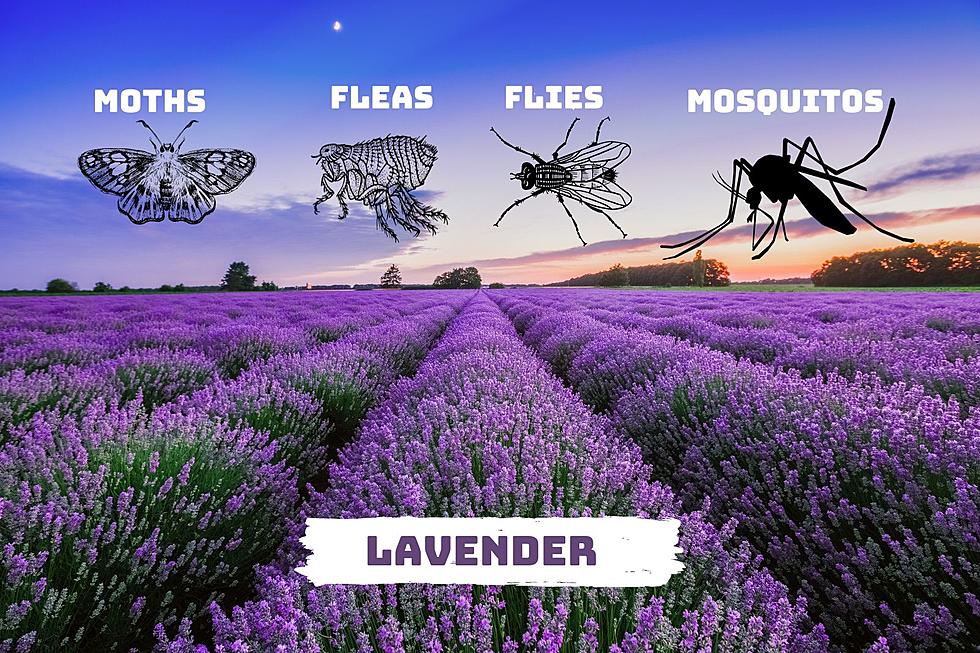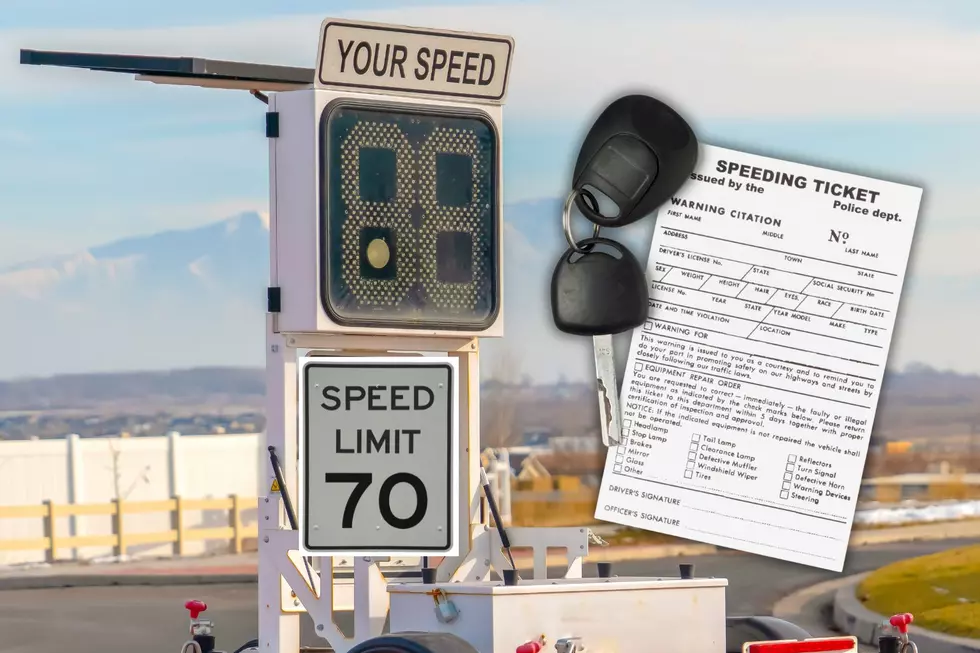
Downgraded Solar Storm Means No Northern Lights in Upstate New York
Put the binoculars away, because Mother Nature decided we weren't deserving of a dazzling aurora borealis after all.
Looks like Upstate NY wasn't going to get lucky on Thursday night after all. Meteorologists tracking auroral activity predicted at the start of this week that there was a good chance the skies here would light up with dancing, glowing colors.
Now, it looks like we'll be looking up at your run-of-the-mill, crummy cloudy skies.
Why we won't see the Northern Lights tonight
The University of Alaska Fairbanks Geophysical Institute, which tracks auroral activity, points to the updated forecast for this bummer update.
I'll try to simplify it as best I can.
The Institute uses a geomagnetic index, known as Kp, to help determine the likelihood of a light show in the night skies. The index rates auroral activity between 0 and 9, with the higher numbers meaning better activity.
At the start of the week, activity was set at Kp 6, which meant auroral conditions were favorable for Upstate New York.
Basically, the ranking was declared base off the forecast from the National Oceanic and Atmospheric Administration's Space Weather Prediction Center, which had indicated of a solar storm.
Then that number fell to Kp 4 late Wednesday, because the storm was downgraded. This means New York isn't the only place that's been robbed of a light show - the continental U.S.is out of luck.
Misery loves company, eh?
Said the Geographical Institute:
"Weather permitting, active auroral displays will be visible overhead from Utqiaġvik to Anchorage and Juneau, and visible low on the horizon from King Salmon and Prince Rupert."
But if you're dead set on seeing the aurora borealis, you'll need to head way into Canada to possibly see anything.
What is an aurora borealis?
As explained in an earlier post, the Northern Lights are triggered when magnetic solar winds slam into Earth’s magnetic field. That interaction causes the upper atmosphere's atoms to glow - and the strength of the impact determines the light's intensity.
Because solar winds move quickly, that explains why these lights seemingly appear out of thin air.
At this time, it's unknown when we will next have our chance to see the Northern Lights.
There is a way to get your fix now -- the Canadian Space Agency streams a live feed of the skies in Yellowknife, which is an auroral hotspot.






